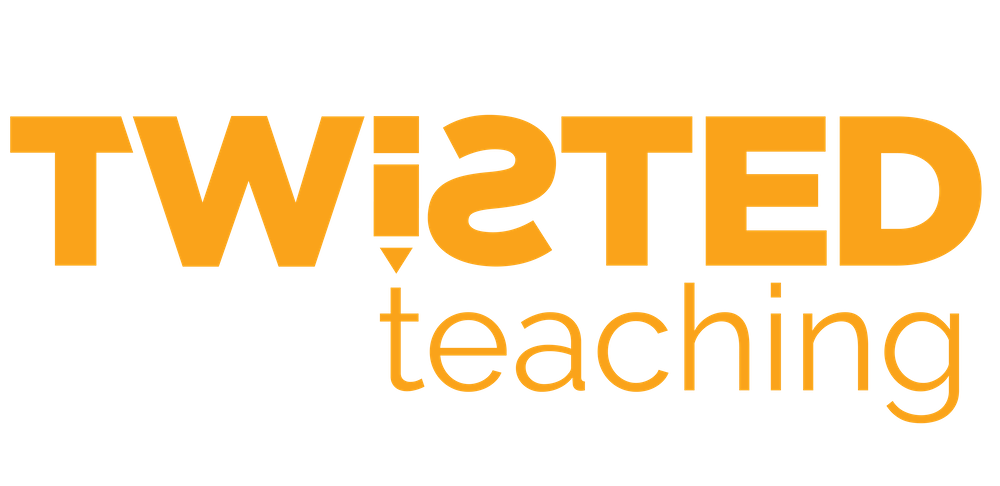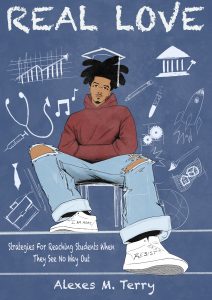This school year, I am participating in a cohort designed to help educational stakeholders take a deep dive in the education system and the policy related factors that prohibit students from being academically successful. During each session, we have the opportunity to have lunch with a group of students and REAL candid conversations about their experiences in schools and what they wish adults and educators knew. Like all other monthly conversations, this last meeting was powerful, refreshing, and healing. Being able to just sit and hear students, especially those from historically robbed communities, share their heart, desires, and aspirations continues to spark hope in me and our future.
To me, there seems to be this loud message about “these kids”–“they don’t want to learn,” “they don’t want to be held accountable,” or “they don’t see a value in education” and I can tell you this…ALL OF THAT IS WRONG! On several occasions, I have heard it from the students’ very own mouths that they do in fact want to learn, want to be in school, and find value in education. BUT, they don’t feel like they are being heard and no one is really asking, and listening, to what they want to learn, how they want to learn, and what they feel like they need to be successful in the future.
Listening is an essential tool for educators, yet it often goes overlooked as a valuable practice. Being a responsive educator requires more than just hearing what our students have to say; it requires actively listening and engaging in meaningful dialogue. Listening is a powerful skill, as it can be used to heal ourselves and our students while establishing trust and relationships with them.
Our students have POWERFUL stories and from these stories, we can gain insight into their perspectives and understandings of the world around them. Listening is one of the most powerful teaching tools we have at our disposal but, unfortunately, educators rarely utilize it for various reasons.
Listening to our students is also a way for us to heal ourselves. Have you ever listened to someone and left the conversation feeling a closer connection or experiencing a new perspective about the person you were listening to? Yep, that happens with students as well! What I’ve learned from my time in education is that listening builds trust with our students and creates an environment of mutual respect and understanding; I had some of the BEST relationships with my “lunch time buddies” and that was because of the space created to see them and LISTEN to them. I’ve found that listening helps us recognize the power that comes from sharing stories and building relationships. By actively listening, we are able to better understand our students’ individual needs and provide more meaningful educational experiences.
Listening can be a form of self-care self-care for us educators, which can in turn lead to more effective teaching strategies. How so? Because listening provides a space where we can take time out of the day to connect with our students on a deeper level by simply being present in the moment and providing support when needed. As educator Christine Mason Miller sums it up perfectly: “Listening allows us to be in the moment and to create a sense of communal understanding.”
The power of listening should not be underestimated in education. We need to recognize that listening is more than just hearing; it is an active process of engaging with our students, learning from them, and ultimately helping them feel understood and respected. Listening can help heal both educators and students alike, providing the foundation for deeper connections that extend beyond the classroom walls–that’s what we want, right?!?!
Creating space to listen to students starts with educators creating space to first LISTEN to ourselves. Again, listening to ourselves is an essential form of self-care. Taking the time to reflect on our thoughts and feelings, paying attention with kindness and understanding, and being mindful of our internal voice are essential for staying connected to ourselves. I don’t know about y’all but I find healing in just sitting (with a hot tea) and just listening to me. This practice fosters greater self-awareness and encourages compassion for both yourself and others – something that is integral to any journey toward healing and self-care.
Here are some simple ways we can practice listening to ourselves this weekend (and preparing our hearts and minds to listen to our students next week):
- Spend a few moments this weekend, just sitting with yourself and listening to your internal warning signals. What is your body saying to you and what actions can you take today to respond.
- Spend 10 minutes in the morning journaling down your morning thoughts. Read your thoughts back to you and notice what you observe about your response.
- Use the recording feature on your phone and record a daily memo to yourself. Listen back to your memo and explore how what you hear yourself saying makes your body feel.
- Spend 5 minutes quietly before bed visioning your future. What is your soul speaking to you about its deepest desires? What actions/steps can you take today to respond to what you’ve heard?
- Listen to your favorite song and spend a few minutes reflecting on how that song makes you feel and why. Brainstorm some ways you can create that feeling in your life daily.
And, to bring the practice of listening in the classroom,
1. Model listening behavior: We can model active listening by making eye contact with our students and showing genuine interest in what they have to say. It’s important to refrain from talking too much or dominating the conversation and instead, listen attentively and be an active listener. This can include nodding, providing verbal acknowledgement of understanding, and validating their feelings.
2. Create a safe space: To ensure that our students feel comfortable when sharing their stories and opinions, educators must create a safe space for them to express themselves openly without judgment or fear of reprisal. This means encouraging dialogue that is free from bias and prejudice while fostering compassion and acceptance among all members of the classroom community.
3. Make time for listening: Listening doesn’t just happen; it requires us to dedicate time for open dialogue. Educators should carve out time during class to listen to student concerns, questions, ideas, and experiences without any additional tasks or expectations attached.
4. Practice patience: When listening to our students, it’s important to practice patience as we may not always agree with them or understand where they’re coming from right away. We need to be open-minded and willing to accept new perspectives without judging them for their beliefs or experiences.
5. Show appreciation & gratitude: Finally,we should strive to show appreciation and gratitude for the unique insights that come through listening. Acknowledging our student’s individual contributions will make them feel heard while fostering a sense of trust between educator and student alike!
Remember, listening to ourselves and others doesn’t have to be complicated but it must be intentional, because that’s where the healing begins.
Here’s to embracing the power of listening and opening up to the potential it can bring!
Blessing,
Alexes


